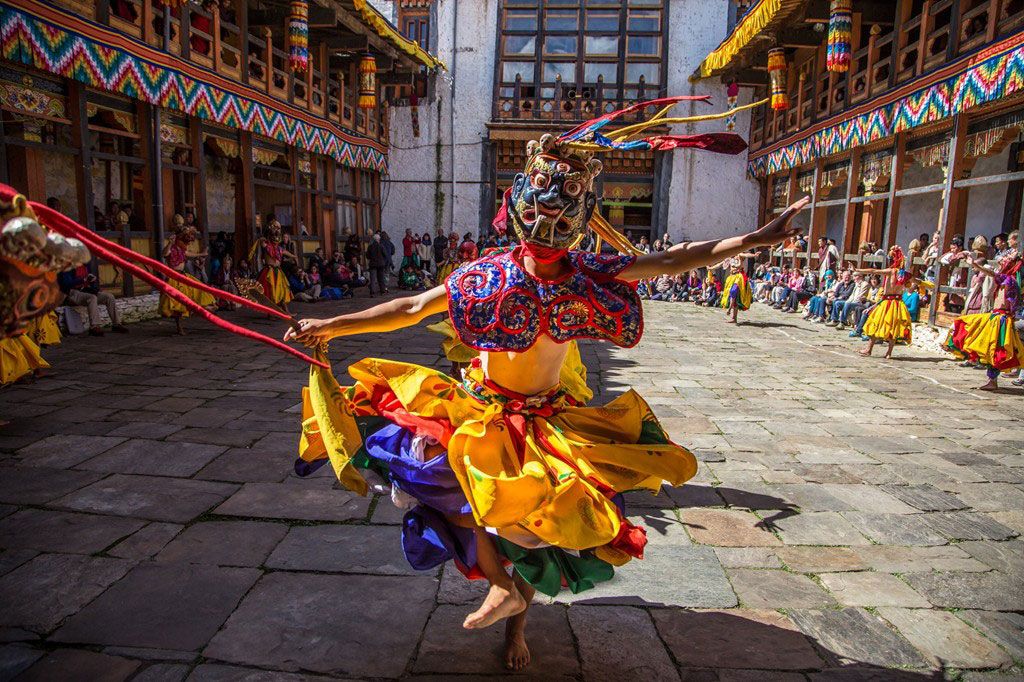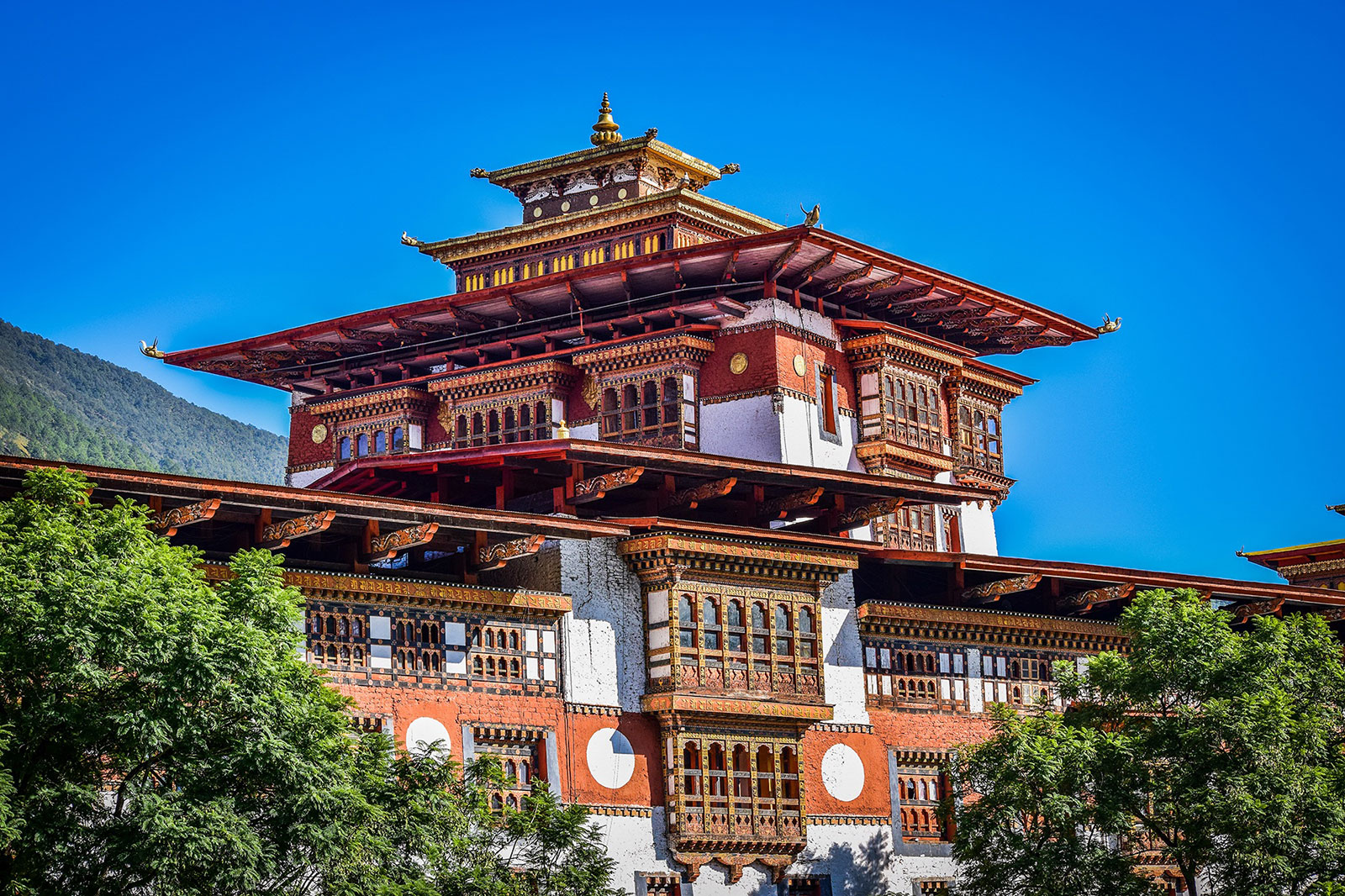Contrary to the UN’s report that the Himalayan glaciers would melt within a quarter of a century, a new study by researchers at the Universities of California and Potsdam has found out that the Himalayan glaciers are advancing rather than retreating.
Researchers studied 286 glaciers in six areas between the Hindu Kush on the Afghan-Pakistan border till Bhutan.
The report published in the journal Nature Geoscience found that the key factor affecting the advance or retreat of the Himalayan glaciers is the amount of debris— rocks and mud— strewn on their surface and not the general nature of climate change.
The report states that glaciers surrounded by high mountains and covered with more than two centimetres of debris are protected from melting.
Debris-covered glaciers are common in the rugged central Himalayas, but they are almost absent in subdued landscapes on the Tibetan Plateau, where retreat rates are higher.
In contrast, more than 50 percent of observed glaciers in the Karakoram range spanning the borders between Pakistan, India and China region in the north-western Himalayas are advancing or stable, states the report.
“Our study shows that there is no uniform response of Himalayan glaciers to climate change and highlights the importance of debris cover for understanding glacier retreat, an effect that has so far been neglected in predictions of future water availability or global sea level,” the authors wrote in the journal.
Contrary to popular belief, researchers have also discovered that half of the ice flows in the Himalayas are actually growing rather than shrinking.
The discovery adds a new twist to the row over whether global warming is causing the world’s highest mountain range to lose its ice cover.
The new study has found that half of the glaciers in the Karakoram range in the north-western Himalayas are in fact advancing and that global warming is not the deciding factor in whether a glacier survives or melts.
By Namgay Tshering (Source : Bhutan Observer)









